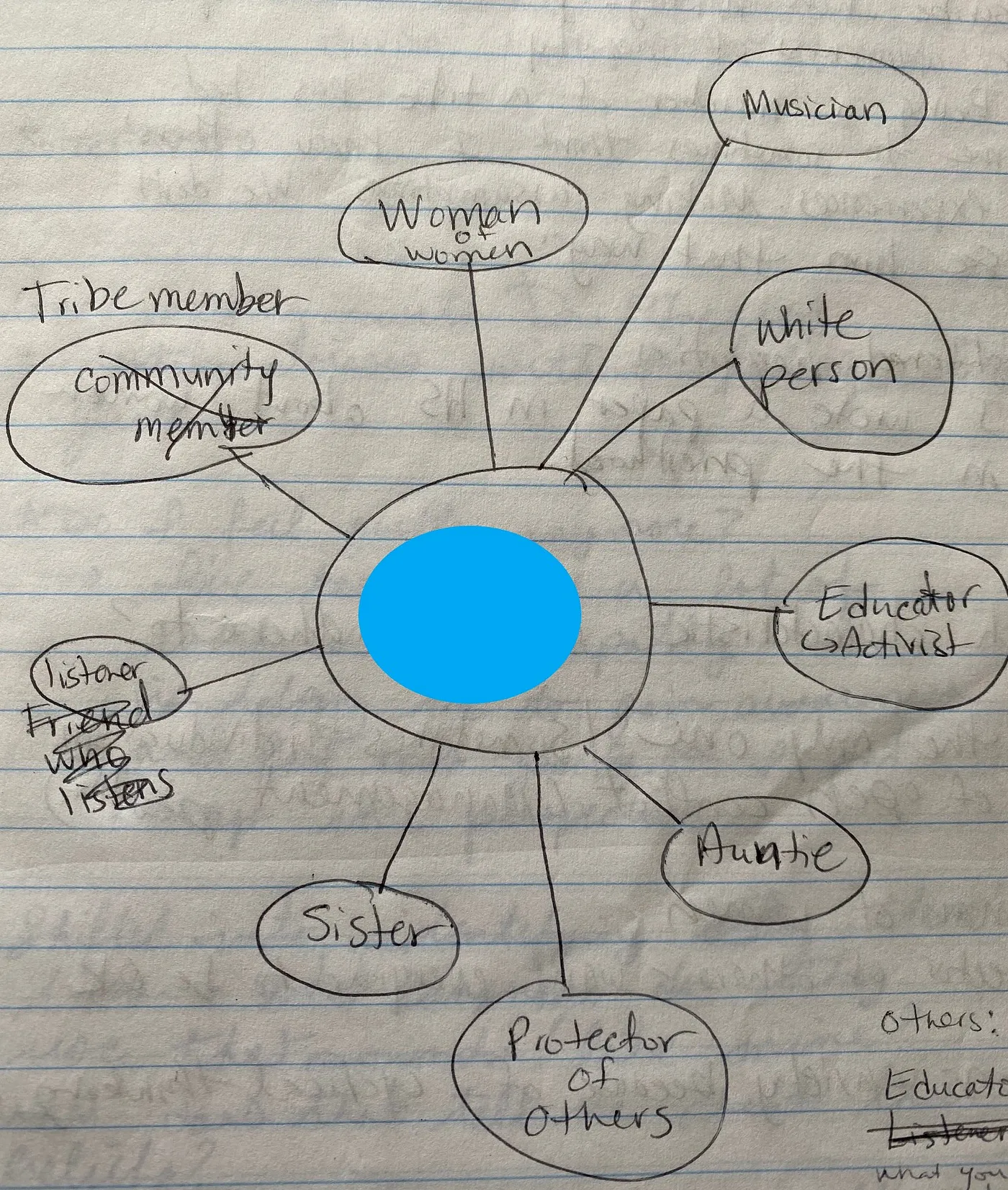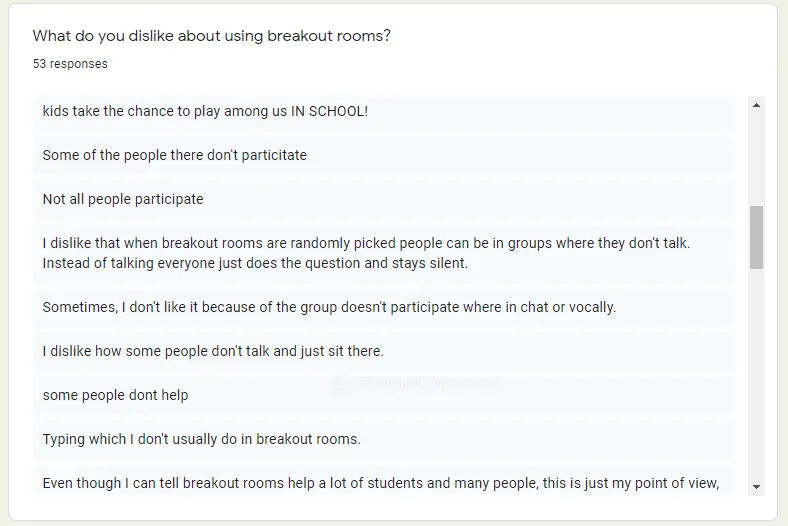Most people are familiar with the image of a pebble being dropped into a pond. As soon as it breaks the water’s surface, it creates ripples that expand in size until they reach the pond’s edge and gently disappear into the earth. It’s an analogy that is often used to inspire educators, even at the most challenging points in their careers. They’re reminded that the one small pebble can cause ripples that travel across distances, much like they can cause a difference in the future lives of their students
I’d like to challenge you to expand the story of this age-old analogy and give the pebble a name, Proud Pebble. As Proud Pebble enters the water, it’s almost as if she silently proclaims “I am Proud Pebble!” and the ripples carry her message to the pond’s edge.
Educators, whether aware of it or not, are similar to Proud Pebble in more than one respect. They, too, cause ripples in the lives of their students. They, too, proclaim their identity when entering the classroom. They say things like, “I am a teacher.” “I am a parent.” “I am a dog lover.” They may not share these identity markers verbally, but they wear them as noticeably as the clothes on their back.
Even as I write this post, I look around my office and notice bits of my own identity staring back at me. The full bookshelves say, “I am a learner.” The family photos say, “I am a daughter, sister, aunt, wife.” The guitar says, “I am a musician.” Of course, there are parts of my identity that are not visible, but are still very much a part of me and inform the decisions I make on a daily basis. They are the foundation of my beliefs, my biases, my pedagogy.
You may be wondering…What does this have to do with teaching?
I work with many teachers who are always asking their students:
Think critically! Challenge ideas with your perspectives! Form your own opinion based on evidence!
The truth is, no matter how frequently (or loudly) we beg, our identities speak louder. They silently communicate differently to each of our students, depending on their own identities. We need to remind ourselves to actively create a space where our students not only feel comfortable to have a voice, but feel compelled to take risks and share their voice.
How?
Identify your identity.
Spend some time figuring out who you are and what aspects of your identity feel most important to you. How do these show up for you in the classroom?
Creating an identity map like this one from Smithsonian (second page describes the activity in full) is a great way to start. Once you have gone through the process yourself, replicate the activity with your class. It’s essential that students (and you!) gain awareness of their own identity, that of their peers, and that of their teacher.

Sample identity map
Give opportunities for student voice.
It’s not enough to just will your students to speak up. You need to be intentional and plan opportunities for them to do so, every day.
This could start with something small, moments when they respond to open-ended (no-right-answer) prompts, such as, “What do you notice?” Incorporate larger opportunities, like this survey implemented by a 6th grade Math teacher, in order to uncover some of their less visible beliefs.

6th Grade Survey: Student feedback on participation and collaborative opportunities
Be proactive by setting norms.
Recognize that no matter what we do to increase awareness of identity and opportunities for student voice, each of us still carry our own beliefs and biases. Sometimes these can get in the way of a productive conversation and can lead to hurt feelings or general discomfort. While we shouldn’t shy away from this discomfort (that’s where the learning truly happens), we can be proactive by setting class norms.
Different from your run of the mill “classroom contract”, norms push people to think about their ways of being. They take into consideration what we believe, how we feel, how we act and how these different aspects of our identity affect our collaboration with others. Our team uses this collection of norms as somewhat of a catalog and we choose which feel most relevant, depending on the day/project/people.
Who are you? How do you show up in the world? What role does identity play in your classroom? Your teaching?





